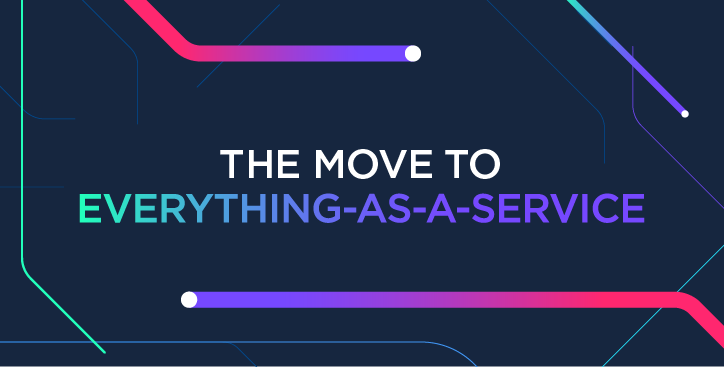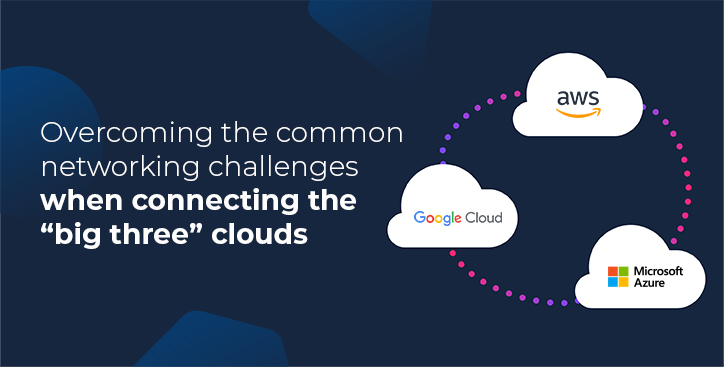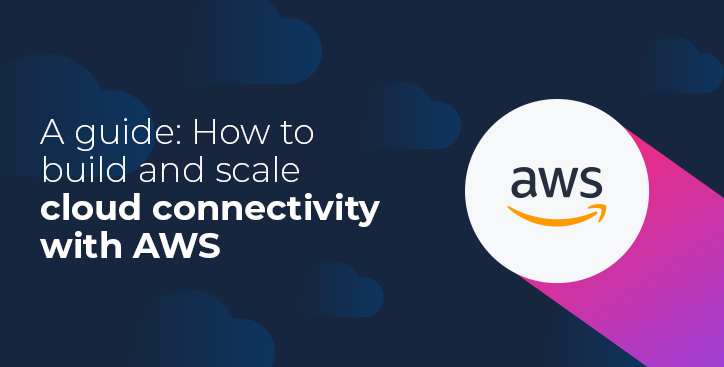The Move To Everything-As-A-Service
By Alex Hawkes|31 January, 2022

Just as the cloud has enabled a highly customisable, subscription-based approach to almost everything consumers and businesses seek to consume, organisations are viewing the network as the next logical step for a consumption-based approach.
The recently released Deloitte 2022 Technology Industry Outlook looks at how leaders across all industries are embracing service-based IT - delivered via cloud - for increased agility, new capabilities, and better management of capacity and costs.
We’ve seen changing demands in both the workforce and IT spurred by the pandemic, accelerating digital transformation and the shift to service-based consumption. Software-as-a-Service, Infrastructure-as-a-Service, and Platform-as-a-Service will continue to gain popularity as a way for businesses to provide integrated services to their hybrid workforces.
What’s more, Deloitte says, is that leaders view Everything-as-a-Service (XaaS) as critical to their digital transformation and key to creating new solutions and business models to thrive in the new normal.
NaaS continues the trend
On this horizon, Network-as-a-Service (NaaS) is the continuation of XaaS trend towards renting rather than owning infrastructure and applications, which for businesses also means a shift from capex to opex and an increase in agility as digital transformation rolls on.
Deloitte’s research found that many organisations are now leveraging a hybrid, multi-cloud strategy to increase access to best-in-breed technologies, optimise costs, improve resilience and reliability, and minimise vendor lock-in.
But this isn’t a wholesale shift to public cloud. Distributing workloads across a combination of multiple public clouds and on-premise can help enterprises satisfy requirements around performance, data security and privacy, regulation, and cost, which can vary by application and geography.
But bridging the connectivity gap between the enterprise network and the cloud is a complex process and one where one size does not fit all. For an enterprise to get maximum value from its cloud assets it needs a mix of different connectivity types and a way of managing those connections with an ease and efficiency of the cloud instances themselves.
Cloud instances can be, and historically have been, reached via the public internet, which while a convenient and affordable way to deliver access, does not meet increasingly stringent requirements around security and performance.
Benefits of private connectivity
To meet these requirements, organisations typically turn to private connectivity options such as MPLS, VPLS and dedicated Ethernet links, especially when it comes to the more mission-critical cloud apps. The downside of these connectivity types, at least historically, is that they have slow and unwieldy deployment and management processes that fail to keep pace with modern business.
The network has historically been composed of hundreds of separate elements including routers, switches, firewalls and optical multiplexers - often dedicated physical appliances with specific hardware and software components.
The main drawbacks of these closed systems is that they are made up of several layered generations of technology fraught with operational complexity, vendor lock-in, growing maintenance costs, and slow innovation due to a lack of flexibility. In short - the antithesis of a cloud-first model.
As enterprise IT has evolved, these expensive networks coupled with the complexity of a multi-cloud, multi-vendor approach means organisations need a way to seamlessly integrate and coordinate a multitude of cloud-based applications and data from a single platform or dashboard.
This is where a NaaS platform, such as Console Connect, can provide all the benefits of dedicated, private connections, coupled with the flexibility of a flexible, scalable, cloud model for management and deployment.
APIs continue to be a game changer
Furthermore, NaaS goes beyond offering control of the network from a single pane of glass to a level of orchestration that delivers more benefits in terms of business agility.
For cloud connectivity, a company will typically pay for the time a dedicated link to the cloud is active, as well as for data transferred out of the cloud. So organisations don't want to leave such access links fully open all the time - like a faucet running at full capacity for no reason.
The purpose of APIs is to ensure that connectivity between different IT assets remains strong enough to enable efficient collaboration even as workflows and processes are likely to change. Without access to APIs, partners can’t easily interact with an organisation’s data or processes, and collaboration will be compromised, leaving them vulnerable to competition.
In a NaaS world, APIs can optimise spend. As Paul Gampe, CTO of Console Connect, explains: “I can hit a Console Connect endpoint with a backup script and increase my connectivity to the cloud from 50Mbps to 500Mbps. The backup script operates and then at the conclusion of a backup it hits that API endpoint again and brings the connectivity bandwidth back down from 500Mbps to 50Mbps.” With NaaS, customers are able to do introduce that level of orchestration and automation, and there's an economic incentive to do so.
An additional benefit of Console Connect API integration is abstracting the rate of change that happens in the cloud provider API endpoints, providing a consistent experience. AWS, Azure, Google, Tencent, Huawei, and others, all have their own way of doing things and an administrator with multiple clouds has to learn multiple systems.
A stable API endpoint for the enterprise unifies that experience. So regardless of whether an organisation is doing a backup into Azure or a backup into Alibaba they get the same experience and API endpoints.
So while NaaS has a lower cost structure - shifting from a capex to an opex model - it also offers a greater degree of operational automation with better capabilities to architect and create new services.
In this way, the WAN shifts from being a static asset to a dynamic resource that delivers strategic advantages, not least because the network itself is more flexible but also because it becomes a platform enabling a services marketplace. Enterprises are no longer bound by the direct relationships they or their network provider has with partners, but instead have free access to the entire cloud ecosystem.






.jpg)


